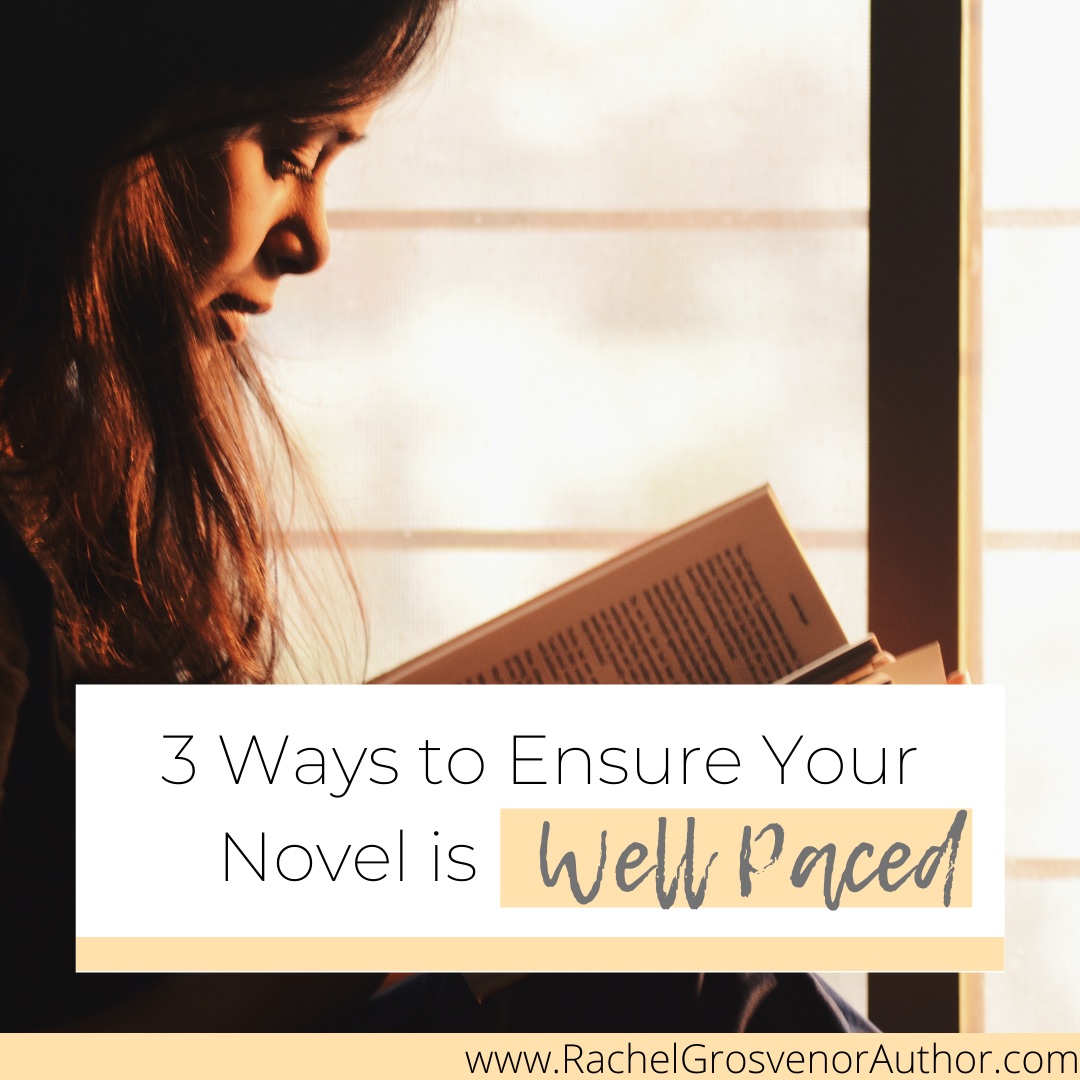Pacing is such an essential part of a novel. But what is it? Well, it’s essentially how fast or slow you tell the story. A well-paced novel doesn’t include irrelevant details that could bog the story down with information, such as non-eventful travelling, information dumps, or non-essential back story. The idea of a well-paced novel is to keep the reader engaged, interested, and well – turning that page!
So, how can you ensure your novel is well-paced? Here are three ways.
1) Shift the focus.
Have you been in a hurry to tell the story, and it’s moving too fast? It could be time to shift the focus from the main plot to your subplot. There are many different types of subplots, from romance, to giving backstory through flashbacks to supporting the novel’s central theme (think Bob Cratchit’s tale in A Christmas Carol).
Focus on a subplot means that it will take you longer to reach the final destination of your main plot, so use this idea sparingly. Too many subplots and diversions can be frustrating for a reader who really wants to know whodunit.
Want to speed up your story? Consider taking out a subplot.
2) Vary your sentence length.
Just as including large narrative sections in dense paragraphs can slow down your pacing, the opposite is also true. Short, sharp sentences and the use of single paragraph sentences can pack a punch and speed up the pace of your novel. An exciting read has varying sentence length, and a novel with roughly the same length sentences can be repetitive, even if the content varies. Keep your reader on their toes by changing up those sentences!
3) Create urgency.
As I shared in my blog post – How to Create Tension in Your Writing – urgency can come from different places. For example, adding a literal time limit will keep your reader on the edge of their seat, checking their watch to see how much time the character has left to complete their mission. Creating urgency in writing can also mean adding an element of danger – is your character being chased? Is there a fight brewing?
Alright, those are three ways to ensure your novel is well-paced! Do you have any questions about pacing? I would love to help answer them. Get in touch here.
Fancy reading something similar? Click here!







